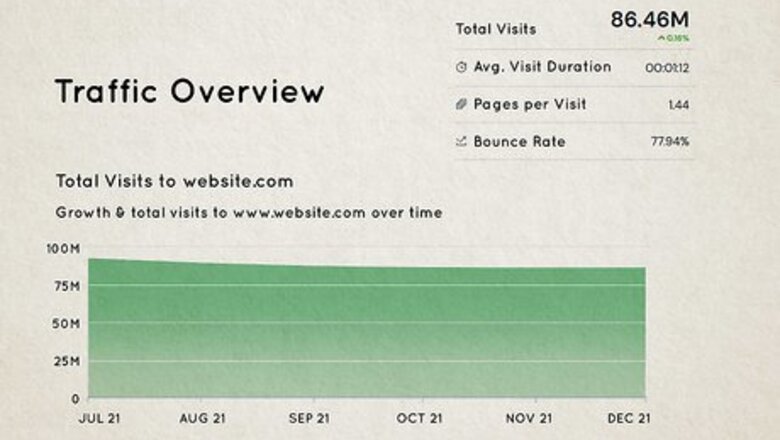
views
The visitor count is the basis for all other metrics.
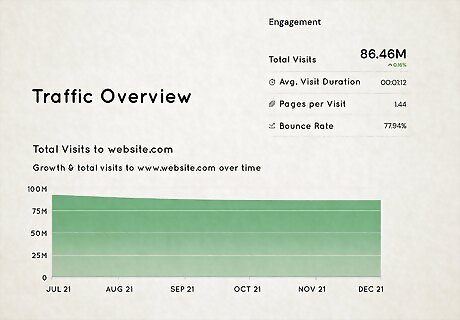
Once you've set up an analytics tool, it'll start tracking each hit to your page(s). While the visitor count doesn't tell the whole story, it does reflect the number of people who are actually finding and clicking through to your website. Depending on the analytics tool you're using, you can usually see reports for both first-time and returning visitors.
Compare the visitor count to the bounce rate.
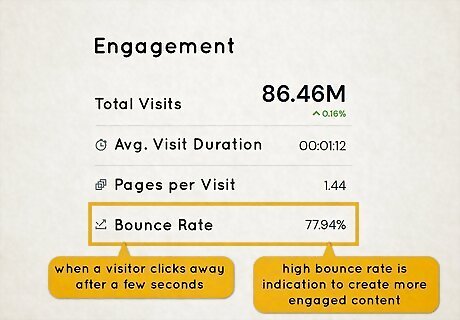
When a visitor clicks away after a few seconds, that visit is considered a "bounce." A bounce indicates a mismatch in the user's intention and your content. Having a high bounce rate can negatively impact your website's SEO ranking, which can reduce the number of people who find your page. When your bounce rate is high, you'll want to focus on creating content that keeps visitors engaged and/or refining your target audience. A high bounce rate does not always mean a page is unsuccessful. For example, if you run an ecommerce store, your checkout page will likely have a high bounce rate because it's only designed to appear on the screen for a few seconds.
Find out how much time visitors spend on each page.
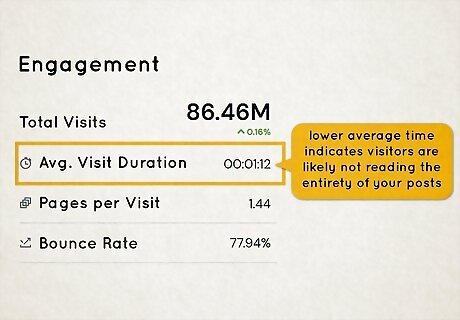
The amount of time visitors spend on your page can help you refine your content. If you have lengthy blog posts with a lower average time on the page, visitors are likely not reading the entirety of your posts. If visitors are spending more time on certain pages, you might try producing more content that's similar to those pages. Another similar stat is Session Length, which tells you the total amount of time a visitor spends browsing your entire website, rather than just a single page.
Keep tabs on the top traffic sources.
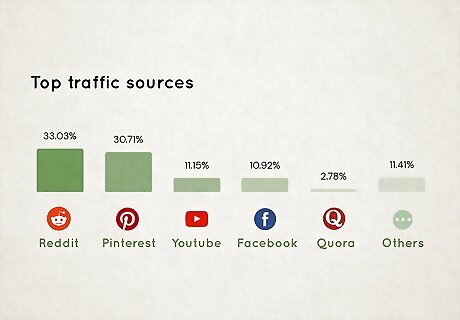
Tracking the sites your visitors come from can help you find out whether your advertising campaigns are working. It can also help you understand problems you find in your data, such as high bounce rates and low time spent on pages, by comparing traffic sources to these metrics. If your organic search traffic from Google is low, you might concentrate on improving SEO to rank higher for certain search terms.
Pageviews per session is helpful for multi-page sites.
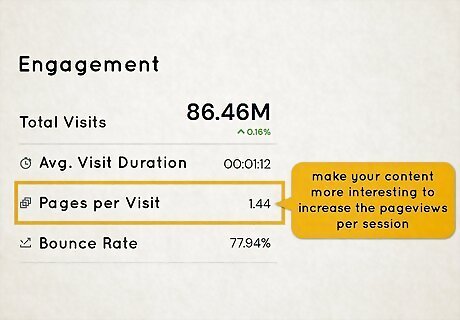
Are visitors exploring other areas of your website or just sticking to the page they found? A "session" is the period of time over which a user interacts with your website by clicking links, making ecommerce transactions, or browses to other pages on the same domain. If your website is just a single landing page, the average pageviews per session metric won't matter much. But for a web store, blog, or personal website, this metric can tell you if your content is enticing enough to make visitors curious about what else you have to offer.
Use device information to optimize your website.
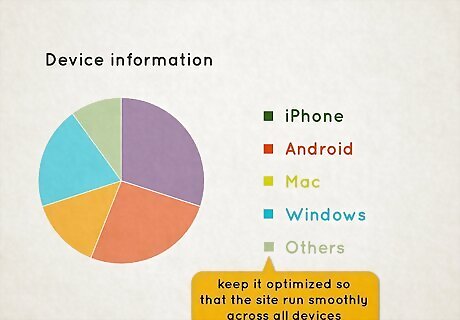
Make sure your website meets the needs of your users based on their devices. If your visitors are mostly viewing your site from their iPhones or Androids and your site is optimized for computer screens, you might discourage them from returning. To ensure that everyone can view your website as intended, focus on responsive web design.
Monitor search engine impressions and clicks to grow traffic.
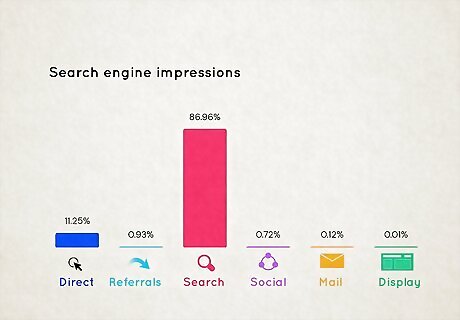
When your pages rank high in Google search results, your visitor count will grow. You can use Google Search Console to track impressions, which are the number of times your page(s) appear in Google search results, as well as clicks from those impressions. Sign up with Search Console at https://search.google.com/search-console/welcome to start tracking your Google search keyword success. If your impressions are low, focus on creating quality content that includes relevant keywords. If your impressions are high but clicks remain low, the headlines at the tops of your pages might need some fine-tuning. Check competitor sites with similar content to see which style of headline works well for them.
Conversion rates are the best tools for measuring success.
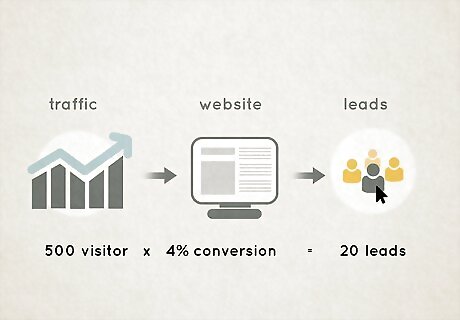
The conversion rate is the number of unique visitors that turn in to customers. A "customer" doesn't just have to be somebody who buys a product—if your goal is to get people to subscribe to a mailing list, the conversion rate could mean the number of subscribers verses the number of visits to the sign-up page. A low conversion rate could mean that you're not attracting the right audience, or that your call to action could use some work.
Go with Google Analytics for comprehensive tracking.
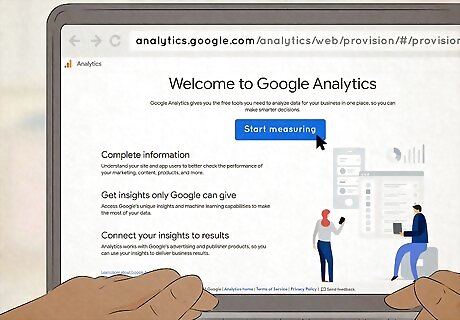
If you need comprehensive visitor and page data for your business or personal site, Google Analytics is the gold standard. This free analytics tool will help you measure and evaluate traffic and visitor behavior, with both real-time and historical reporting. Google Analytics is the most popular traffic analytics tool by far, used by more than half of all websites online. If you're comfortable learning new technical interfaces and to work with raw data, Google Analytics is a great option. To set up Analytics, you'll need to add your tracking code to the pages you want to track. Many major hosting providers, including GoDaddy, Magento, Shopify, Wix, and Wordpress.com for Business make this easy due to their tight integration with the product.
If Google Analytics isn't for you, there are alternatives.

Because Google Analytics is so robust, it can be intimidating for beginners. If you'd rather see your stats on a simple website without having to create complex reports, Google Analytics might be overkill. There are many stats tools you can use instead of (or in addition to) Google Analytics to fully understand visitor behavior. If you have a WordPress site, plugins like WP Statistics, Jetpack, Yoast SEO, and HubSpot are great alternatives with extra features. Or, if you want the full breadth of stats and reporting from Google Analytics but want something more user-friendly with dashboard integration, try MonsterInsights, Analytics Cat, Google Site Kit (official), or Analytify, which all use Google Analytics on the backend. Hosting providers like Wix, Squarespace, and Weebly all have built-in analytics tools that are easy to set up and interpret. Plausible is a light-weight, open source alternative to Google Analytics that focuses on privacy. Some options that are just as comprehensive as Google Analytics but offer added features and alternatives with paid subscriptions are Mixpanel, Adobe Analytics, FoxMetrics, and Chartbeat. You can also try services like SimilarWeb, Tranco, and Comscore to see your site's strengths and weaknesses compared to the competition.




















Comments
0 comment